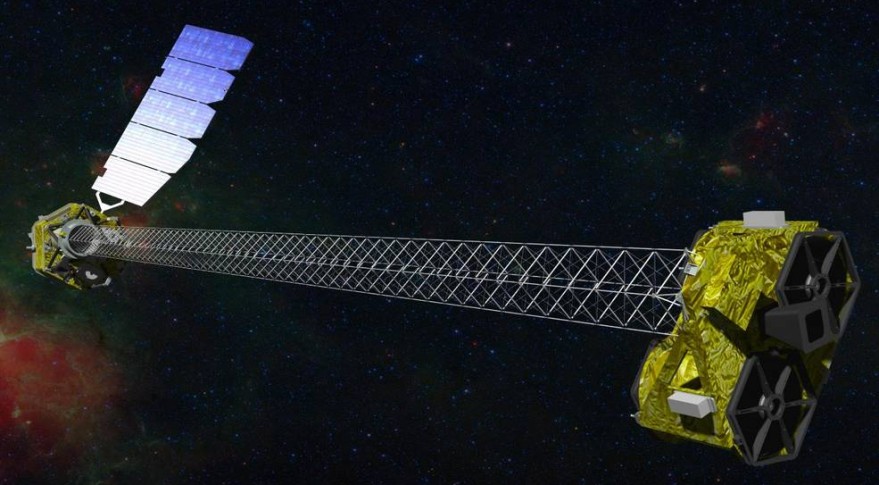
WASHINGTON — NASA has selected three finalists for its next Small Explorer astrophysics mission and two finalists for the even smaller Explorer Missions of Opportunity Line, the U.S. space agency said July 30.
Each Small Explorer finalist will get $1 million to conduct an 11-month mission concept study. NASA will pick one winner in 2017, after further study. The earliest possible launch date is 2020, NASA said in its press release. Missions of Opportunity finalists get $250,000 of study money.
The Small Explorer finalists are:
SPHEREx: An All-Sky Near-Infrared Spectral Survey
- James Bock, principal investigator at the California Institute of Technology in Pasadena, California
- SPHEREx will perform an all-sky near infrared spectral survey to probe the origin of our universe; explore the origin and evolution of galaxies, and explore whether planets around other stars could harbor life.
Imaging X-ray Polarimetry Explorer (IXPE)
- Martin Weisskopf, principal investigator at NASA's Marshall Space Flight Center in Huntsville, Alabama
- IXPE uses X-ray polarimetry, which is the measurement and interpretation of the polarization of electromagnetic waves, to improve our understanding of how X-ray emission is produced in objects such as neutron stars, pulsar wind nebulae, and stellar and supermassive black holes.
Polarimeter for Relativistic Astrophysical X-ray Sources (PRAXyS)
- Keith Jahoda, principal investigator at NASA's Goddard Space Flight Center in Greenbelt, Maryland
- PRAXyS uses X-ray polarimetry to characterize the geometry and behavior of X-ray sources including supermassive black holes, pulsars, magnetars and supernovae.
The Missions of Opportunity finalists are:
Get the Space.com Newsletter
Breaking space news, the latest updates on rocket launches, skywatching events and more!
GUSTO: Gal/Xgal U/LDB Spectroscopic/Stratospheric THz Observatory
- Christopher Walker, principal investigator at the University of Arizona in Tucson
- GUSTO is a balloon-borne observatory of high-frequency radio emissions from our Milky Way galaxy and a nearby companion galaxy, the Large Magellanic Cloud, to study the life cycle of interstellar material.
U.S. Participation in the LiteBIRD Cosmic Microwave Background Polarization Survey
- Adrian Lee, principal investigator at the University of California in Berkeley
- The Japanese LiteBIRD mission with U.S. contributions to the payload will map polarized fluctuations in the Cosmic Microwave Background, or the leftover thermal radiation from the Big Bang, to search for the signature of gravitational waves from inflation, potentially shedding light on the universe a fraction of a second after the Big Bang.
Costs for Small Explorer missions are capped at $125 million each, excluding launch vehicle. Mission of Opportunity costs are capped at $65 million each.
This story was provided by SpaceNews, dedicated to covering all aspects of the space industry.
Join our Space Forums to keep talking space on the latest missions, night sky and more! And if you have a news tip, correction or comment, let us know at: community@space.com.
Dan Leone is an editor and reporter for the ExchangeMonitor Publications covering the Department of Energy and Department of Defense nuclear weapons programs. From 2011 to 2016, Dan was the NASA reporter for the space industry publication SpaceNews, where he covered U.S. space agency policy, news and missions. He also produced the SpaceGeeks podcast showcasing interviews with space industry professionals. Dan earned a bachelor's degree in public communications from American University. You can find his latest project on Twitter at @leone_exm.

